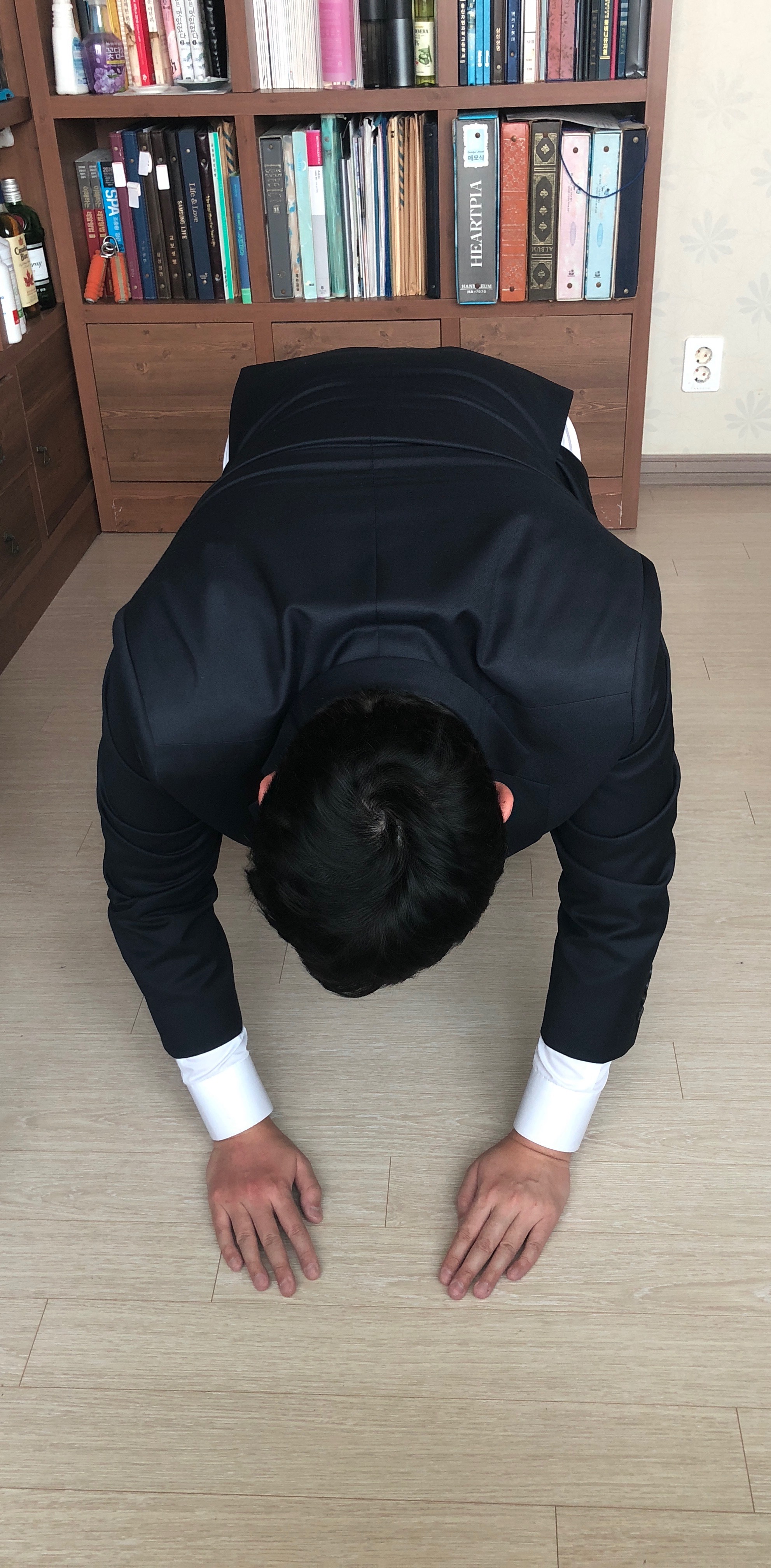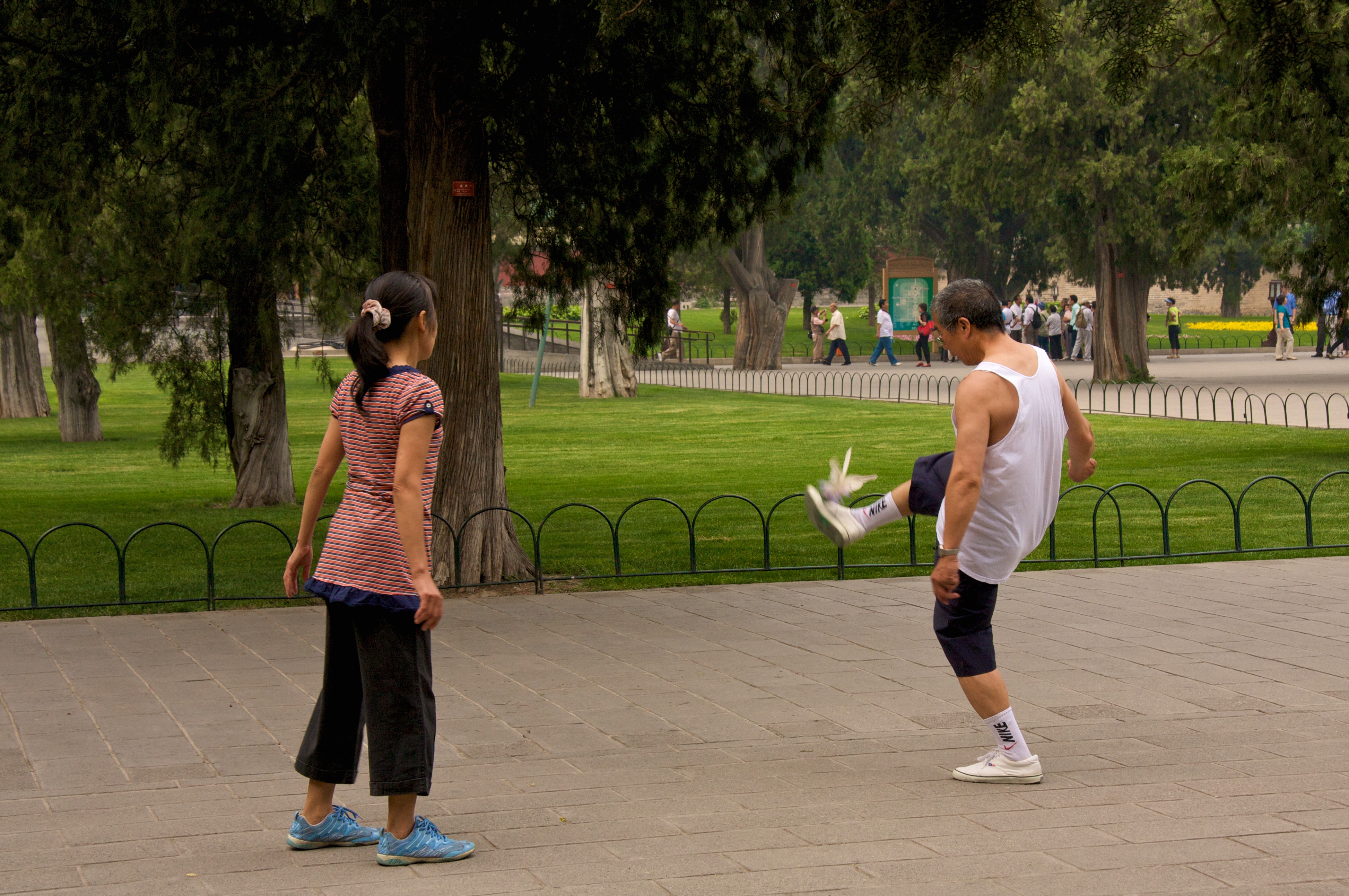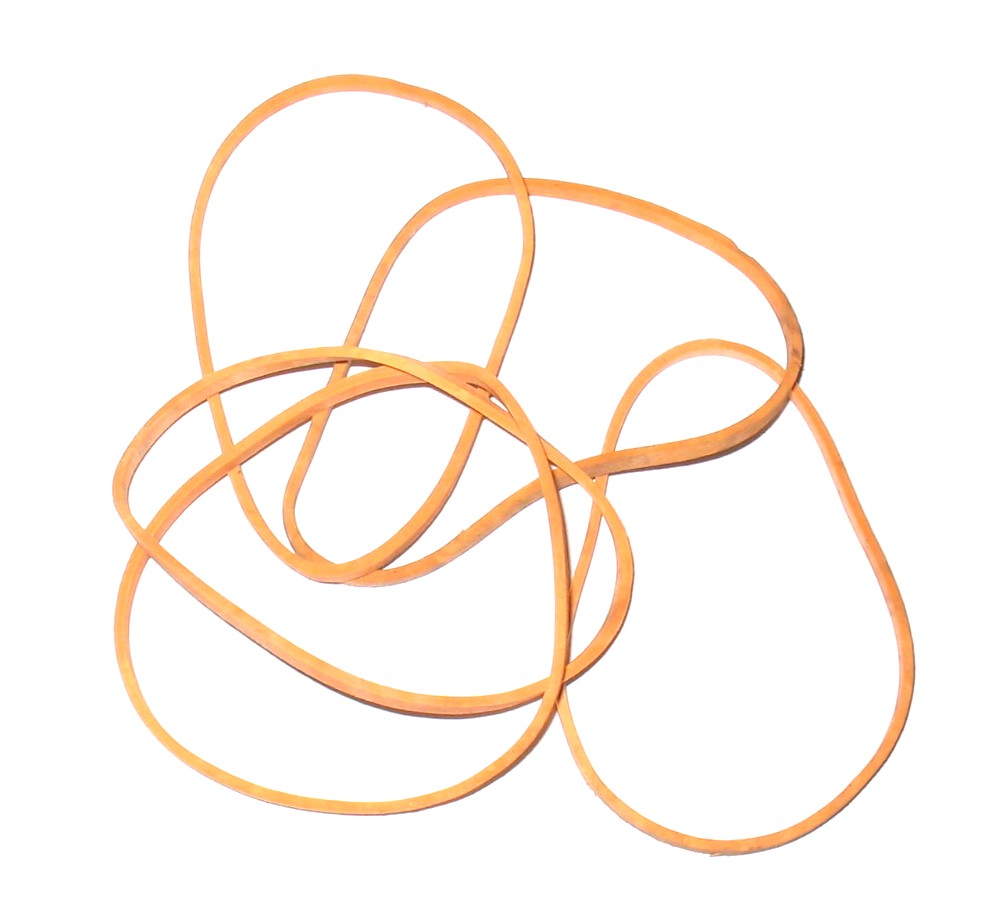|
Jegichagi
Jegichagi() is a Korean traditional outdoor game in which players kick a paper ''jegi'' into the air and attempt to keep it aloft. A ''jegi'' is similar to a shuttlecock, and is made from paper wrapped around a small coin. In Korea, children usually play alone or with friends in winter seasons, especially on Korean New Year. Briefly explaining the rules, the player kicks a ''jegi'' up in the air and keeps on kicking to prevent from falling to the ground. In a one-to-one game, a player with the most consecutive kicks wins. In a group game, the players stand in a circle, and take turns kicking the ''jegi''. Players who fail to kick the ''jegi'' upon receiving it and let it drop to the ground lose. As a penalty, the loser tosses the ''jegi'' at the winner so that he can kick it as he wishes. When the loser catches the ''jegi'' back with his hands, the penalty ends and he can rejoin the game. This has developed, and people combined two or three materials and made new ways of playing ... [...More Info...] [...Related Items...] OR: [Wikipedia] [Google] [Baidu] |
Korean New Year
() is a Korean traditional festival and national holiday commemorating the first day of the Korean calendar, Korean lunisolar calendar. It is one of the most important traditional holidays for Koreans, ethnic Koreans, being celebrated in both North Korea and South Korea as well as Korean diaspora all around the world. Seol, written as "" in Middle Korean in Hangul, means "year of age" since it is also the date when Koreans grow a year older, though in South Korea this has changed as of 2023. The modern Korean word for "age" – sal is derived from the same origin as seol. Nal () means day in Korean, derived from Old Korean . The Hanja term won-il () is used, when referring to the date of the lunar new year of the Korean calendar itself. The Korean lunisolar calendar, like most other East Asian calendars such as those of Japanese calendar, Japan, Mongolian calendar, Mongolia, Vietnamese calendar, Vietnam, among others, are all derived from historical variants of Chinese calend ... [...More Info...] [...Related Items...] OR: [Wikipedia] [Google] [Baidu] |
Korea
Korea is a peninsular region in East Asia consisting of the Korean Peninsula, Jeju Island, and smaller islands. Since the end of World War II in 1945, it has been politically Division of Korea, divided at or near the 38th parallel north, 38th parallel between North Korea (Democratic People's Republic of Korea; DPRK) and South Korea (Republic of Korea; ROK). Both countries proclaimed independence in 1948, and the two countries fought the Korean War from 1950 to 1953. The region is bordered by China to the north and Russia to the northeast, across the Yalu River, Amnok (Yalu) and Tumen River, Duman (Tumen) rivers, and is separated from Japan to the southeast by the Korea Strait. Known human habitation of the Korean peninsula dates to 40,000 BC. The kingdom of Gojoseon, which according to tradition was founded in 2333 BC, fell to the Han dynasty in 108 BC. It was followed by the Three Kingdoms of Korea, Three Kingdoms period, in which Korea was divided into Goguryeo, Baekje, a ... [...More Info...] [...Related Items...] OR: [Wikipedia] [Google] [Baidu] |
Korean Paper
Korean paper or ''hanji'' () refers to traditional handmade paper from Korea. ''Hanji'' is made from the inner bark of the paper mulberry (''Broussonetia papyrifera''; ), a tree native to Korea that grows well on its rocky mountainsides. Another crucial material used in its creation is the mucilage that oozes from the roots of '' Hibiscus manihot''. This substance helps suspend the individual fibers in water. Traditional ''hanji'' is made in laminated sheets using the ''we bal'' method (a sheet formation technique), which allows for multi-directional grain. The process of creating ''hanji'' also employs ''dochim'', a method of pounding finished sheets to compact fibers and lessen ink bleed. History Ancient Papermaking arrived in Korea not long after its beginnings in China. Its origins in Korea are believed to fall somewhere between the 3rd century and the end of the 6th century. At first, paper was made crudely out of hemp and ramie scraps (). In 1931, a piece of ''hanji'' was f ... [...More Info...] [...Related Items...] OR: [Wikipedia] [Google] [Baidu] |
Korean Games
Korean may refer to: People and culture * Koreans, people from the Korean peninsula or of Korean descent * Korean culture * Korean language **Korean alphabet, known as Hangul or Korean **Korean dialects **See also: North–South differences in the Korean language Places * Korean Peninsula, a peninsula in East Asia **North Korea **South Korea Other uses *Korean Air, flag carrier and the largest airline of South Korea See also *Korean War, 1950-present war between North Korea and South Korea; ceasefire since 1953 *Names of Korea, various country names used in international contexts *History of Korea The Lower Paleolithic era on the Korean Peninsula and in Manchuria began roughly half a million years ago. Christopher J. Norton, "The Current State of Korean Paleoanthropology", (2000), ''Journal of Human Evolution'', 38: 803–825. The earl ..., the history of Korea up to 1945 * {{disambiguation Language and nationality disambiguation pages ... [...More Info...] [...Related Items...] OR: [Wikipedia] [Google] [Baidu] |
Sipa
Sipa (literally, "kick") is the Philippines' Traditional games in the Philippines, traditional native sport which predates the Spanish rule. The game is related to Sepak Takraw. Similar games include Footbag net, Footvolley, Bossaball and Jianzi. The game is both played by two teams, indoors or outdoors, on a court that is about the size of a basketball court. The teams consist of one, two or four players in each side. The aim of the game is to kick a soft ball made out of rattan fragments, back and forth over a Net (device), net in the middle of the court. The sport requires speed, agility and ball control. A point is awarded every time a player kicks the ball, the more the player kicks the ball, the more the points accumulate. Rules attached to the game are very minimal and even children can play, but the ratan ball version is preferred more for formal games. Washer version One version of Sipa uses a lead washer covered with cloth, which gets kicked. This version is played ... [...More Info...] [...Related Items...] OR: [Wikipedia] [Google] [Baidu] |
Jianzi
Jianzi (), is a traditional Chinese sport in which players aim to keep a heavily weighted shuttlecock in the air using their bodies apart from the hands, unlike in similar games such as peteca and indiaca. The primary origin of jianzi is an ancient Chinese game called ''Cuju'', from the Han dynasty (202 BC – 9 AD, 25–220 AD). Jianzi is played on a badminton court using inner or outer lines in different competition settings. It can also be played artistically, among a circle of players in a street or park, with the objective to keep the shuttle 'up' and show off skills. In Vietnam, it is known as ''đá cầu'', and it is the national sport. In the Philippines, it is known as ''sipa'' and was also the national sport, until it was replaced by arnis in December 2009. The game has also gained a following around the globe. In English, both the sport and the object with which it is played are referred to as a "shuttlecock" or "featherball". In Malaysia, the game is known as ''c ... [...More Info...] [...Related Items...] OR: [Wikipedia] [Google] [Baidu] |
Keepie-uppie
Keepie uppie, keep-ups or kick-ups is the skill of juggling with an association football using feet, lower legs, knees, chest, shoulders, and head, without allowing the ball to hit the ground. It is similar to Kemari, a game formerly practiced in the Japanese imperial court. The world record for the most juggles in a row is currently held by a 13 year old girl name Maria Howarth with a total of 274 juggles! World records The record for the longest keepie uppie is 28 hours using just feet, legs, shoulders and head; Victor Ericsson completed the feat, which took place in Sweden, in June 2023. The previous men's record was held by Martinho Eduardo Orige of Brazil who kept a regulation football in the air for 19 hours and 30 minutes using only the head, feet and legs. The feat was accomplished on 2 and 3 August 2003. The fastest completed marathon while ball-juggling was by Abraham Muñoz in the México City Marathon, August 2016. He completed the distance of in 5 hours 41 minutes 5 ... [...More Info...] [...Related Items...] OR: [Wikipedia] [Google] [Baidu] |
Lateral (anatomy)
Standard anatomical terms of location are used to describe unambiguously the anatomy of humans and other animals. The terms, typically derived from Latin or Greek roots, describe something in its standard anatomical position. This position provides a definition of what is at the front ("anterior"), behind ("posterior") and so on. As part of defining and describing terms, the body is described through the use of anatomical planes and axes. The meaning of terms that are used can change depending on whether a vertebrate is a biped or a quadruped, due to the difference in the neuraxis, or if an invertebrate is a non-bilaterian. A non-bilaterian has no anterior or posterior surface for example but can still have a descriptor used such as proximal or distal in relation to a body part that is nearest to, or furthest from its middle. International organisations have determined vocabularies that are often used as standards for subdisciplines of anatomy. For example, '' Terminolo ... [...More Info...] [...Related Items...] OR: [Wikipedia] [Google] [Baidu] |
Rubber Band
A rubber band (also known as an elastic, gum band or lacky band) is a loop of rubber, usually ring or oval shaped, and commonly used to hold multiple objects together. The rubber band was patented in England on March 17, 1845, by Stephen Perry (inventor), Stephen Perry. Most rubber bands are manufactured out of natural rubber as well as for latex free rubber bands or, especially at larger sizes, an elastomer, and are sold in a variety of sizes. Notable developments in the evolution of rubber bands began in 1923 when William H. Spencer obtained a few Goodyear inner tubes and cut the bands by hand in his basement, where he founded Alliance Rubber Company. Spencer persuaded the ''Akron Beacon Journal'' as well as the ''Tulsa World'' to try wrapping their newspapers with one of his rubber bands to prevent them from blowing across lawns. He went on to pioneer other new markets for rubber bands such as: agricultural and industrial applications and a myriad of other uses. Spencer obtai ... [...More Info...] [...Related Items...] OR: [Wikipedia] [Google] [Baidu] |
Tissue Paper
Tissue paper, or simply tissue, is a lightweight paper or light crêpe paper. Tissue can be made from recycled pulp (paper), paper pulp on a paper machine. Tissue paper is very versatile, and different kinds are made to best serve these purposes, which are hygienic tissue paper, facial tissues, paper towels, as packing material, among other (sometimes creative) uses. The use of tissue paper is common in developed nations, around 21 million tonnes in North America and 6 million in Europe, and is growing due to urbanization. As a result, the industry has often been scrutinized for deforestation. However, more companies are presently using more recycled fibres in tissue paper. Properties The key properties of tissues are absorbency, basis weight, thickness, bulk (specific volume), brightness, stretch, appearance and comfort. Production Tissue paper is produced on a Fourdrinier machine, paper machine that has a single large steam heated drying cylinder (Yankee dryer) fitted with ... [...More Info...] [...Related Items...] OR: [Wikipedia] [Google] [Baidu] |
Plastic Bag
A plastic bag, poly bag, or pouch is a type of container made of thin, flexible, plastic film, nonwoven fabric, or plastic textile. Plastic bags are used for containing and transporting goods such as foods, produce, Powder (substance), powders, ice, magazines, chemicals, and waste. It is a common form of packaging. Most plastic bags are Heat sealer#Heat sealing process, heat sealed at the seams, while some are bonded with adhesives or are stitched. Many countries are introducing legislation to Phase-out of lightweight plastic bags, phase out lightweight plastic bags, because plastic never fully breaks down, causing everlasting Plastic pollution, pollution of plastics and environmental impacts. Every year, about 1 to 5 trillion plastic bags are used and discarded around the world. From point of sale to destination, plastic bags have a lifetime of 12 minutes. Approximately 320 bags per capita were used in 2014 in the United States. Package Several design options and features ... [...More Info...] [...Related Items...] OR: [Wikipedia] [Google] [Baidu] |





